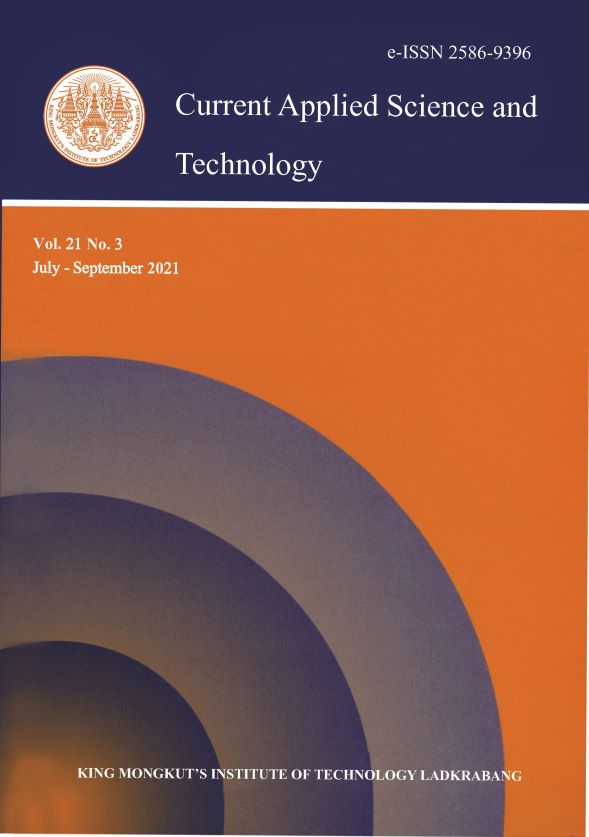In this study, endophytic fungi from Philippine medicinal plants namely, Cynometra ramiflora and Wrightia pubescens were isolated and identified. The endophytic fungi were isolated using potato dextrose agar, and were identified by amplifying a fragment of their internal transcribed spacer (ITS) regions of rDNA using polymerase chain reaction. The identified endophytic fungi were Colletotrichum karsti, Diaporthe longicolla, Phomopsis columnaris, D. pseudomangiferae, C. acutatum, and D. inconspicua. All of the isolates belonged to phylum Ascomycota. Two isolates (C. karsti and C. acutatum) belonged to Glomerellaceae family and four isolates (D. longicolla, P. columnaris, D. pseudomangiferae, and D. inconspicua) were under the Diaporthaceae family. In addition, based on cultural morphology, the isolated endophytic fungi were described as irregular and circular morphotypes. This is the first report on the isolation of endophytic fungi associated with healthy leaves of C. ramiflora and W. pubescens.
Keywords: Cynometra ramiflora; Wrightia pubescens; endophytic fungi; Diaporthaceae; Glomerellaceae
*Corresponding author: Tel.: (+63) 9171031333
E-mail: jerwinundan@clsu.edu.ph
Jose, B. V. undefined. ., Leon, D. T. undefined. D. ., Malonzo, M. A. undefined. ., & Undan*, J. R. undefined. . (2021). Molecular Identification of Endophytic Fungi Associated with Cynometra ramiflora L. and Wrightia pubescens (R. Br.) Using the Internal Transcribed Spacer (ITS) Region of rDNA and Its Morphotypes. CURRENT APPLIED SCIENCE AND TECHNOLOGY, 535-544.
